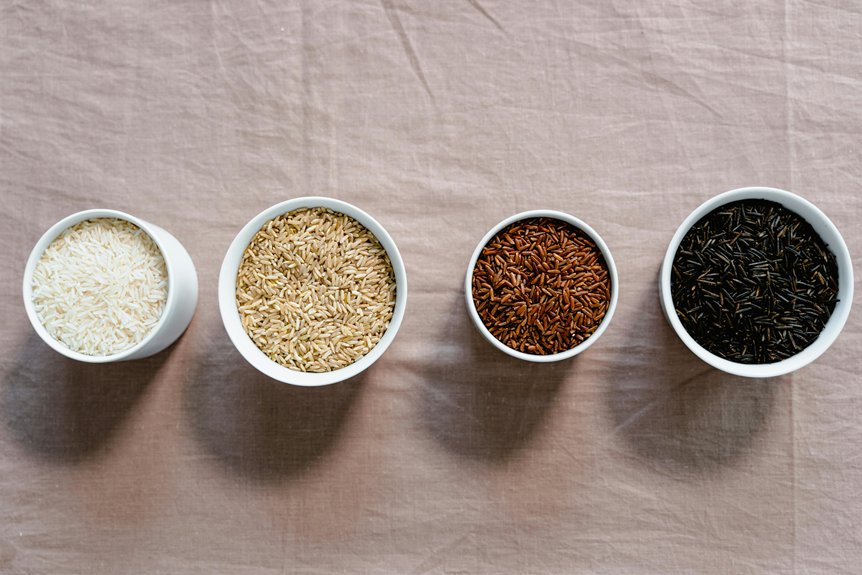Ceramic fibre insulation is crafted from natural minerals such as alumina, silica, and zirconia. This material is specifically designed to endure high temperatures while minimising heat loss. It is available in a variety of forms, including blankets, boards, and papers, making it suitable for insulating furnaces, pipes, and high-temperature equipment.
Renowned for its low thermal conductivity, ceramic fibre insulation remains effective at temperatures exceeding 1400°C and demonstrates resistance to moisture and chemicals. When used with proper safety precautions, it is extensively applied in various industries to enhance energy efficiency and safety.
This versatile material offers significant benefits, making it a valuable choice for thermal insulation needs across a range of applications.
Composition and Types of Ceramic Fiber Insulation
Ceramic fibre insulation is composed of fibres that can endure exceptionally high temperatures, making them perfect for thermal protection in challenging environments. It primarily consists of oxides such as alumina, silica, and zirconia. These fibres are manufactured by melting raw materials at high temperatures, followed by forming fibres through spinning or blowing techniques. Some producers include polycrystalline mullite wool, which boasts high purity and can resist temperatures exceeding 1,600°C. Various types of ceramic fibres are available, including alumina for chemical stability, zirconia for extreme heat applications, quartz for electrical insulation, and silicon carbide for wear resistance. These fibres can be fabricated into forms such as blankets, boards, papers, foams, and wet blankets, each tailored for specific high-temperature uses. Manufacturing processes influence the properties and applications of ceramic fibres, ensuring they meet precise performance requirements for industrial applications.
Thermal and Physical Properties of Ceramic Fiber
The thermal and physical properties of ceramic fibre insulation render it highly effective for high-temperature applications. Its low thermal conductivity, akin to still air, is attributed to its porous structure which boasts approximately 90% porosity, effectively trapping air and minimising heat flow. This porous structure also allows for effective moisture resistance, enhancing its durability in various operating environments. While its thermal conductivity may rise with temperature, it remains stable up to 1425°C, ensuring consistent performance. Ceramic fibres can endure temperatures from around 650°C to over 1430°C without degrading, maintaining their shape and insulation properties even after experiencing thermal shocks. They’re lightweight yet robust, with fibre diameters that play a critical role in insulation efficiency. In addition, ceramic fibres exhibit resistance to vapour and chemicals, with the exception of certain acids and alkalis, thereby ensuring durability in challenging environments.
Applications in Industrial Settings
In industrial environments, ceramic fibre insulation is crucial for managing high temperatures across a range of applications. It’s frequently employed in the insulation of furnaces and boilers to regulate heat, enhance efficiency, and endure thermal shocks as well as chemical exposure. The lightweight nature of ceramic fibre allows for straightforward installation in confined areas, while its durability guarantees long-lasting performance. Ceramic fibre insulation is also used in piping systems, providing the flexibility to wrap around intricate shapes and effectively reducing energy loss. Furthermore, it safeguards equipment from thermal cycling and heat degradation, thereby prolonging their operational lifespan. Ceramic fiber can withstand temperatures up to 1425 °C (2600 °F), making it highly suitable for demanding industrial environments. Key applications include:
- Insulating industrial furnaces and boilers to optimise temperature control and efficiency.
- Wrapping piping systems to conserve energy and mitigate heat loss.
- Protecting high-temperature equipment utilised in manufacturing processes.
- Enhancing safety through fire-resistant linings and passive fire protection measures.
Safety and Environmental Considerations
Safety and environmental considerations are vital when working with ceramic fibre insulation, as handling and installing this material can pose health risks if appropriate precautions aren’t taken.
Workers exposed to refractory ceramic fibres have demonstrated a slight increase in pleural plaques, which are mild lung scars, although lung function generally remains unaffected. Inhalation of fibres may lead to respiratory issues, particularly with prolonged heavy exposure, while skin irritation is commonly experienced during handling. Prolonged exposure can accumulate fibers in the lungs, increasing health risks. To mitigate these risks, it’s essential to use protective gear such as gloves, masks, and suitable clothing.
On the environmental front, ceramic fibre insulation promotes energy efficiency by reducing heat loss and lowering greenhouse gas emissions. It’s recyclable, utilises natural minerals, and doesn’t contain harmful substances like asbestos.
Conclusion
Ceramic fibre insulation provides effective heat resistance and versatile applications across various industries. Its composition comprises natural or synthetic materials designed for high-temperature environments, with different types available to meet specific requirements.
The material boasts excellent thermal and physical properties, ensuring safety and efficiency in industrial processes. While generally safe, it is important to handle it properly and be aware of any environmental impacts.
Overall, ceramic fibre insulation serves as a reliable, energy-efficient solution for insulation, making it a preferred choice for high-temperature settings.

